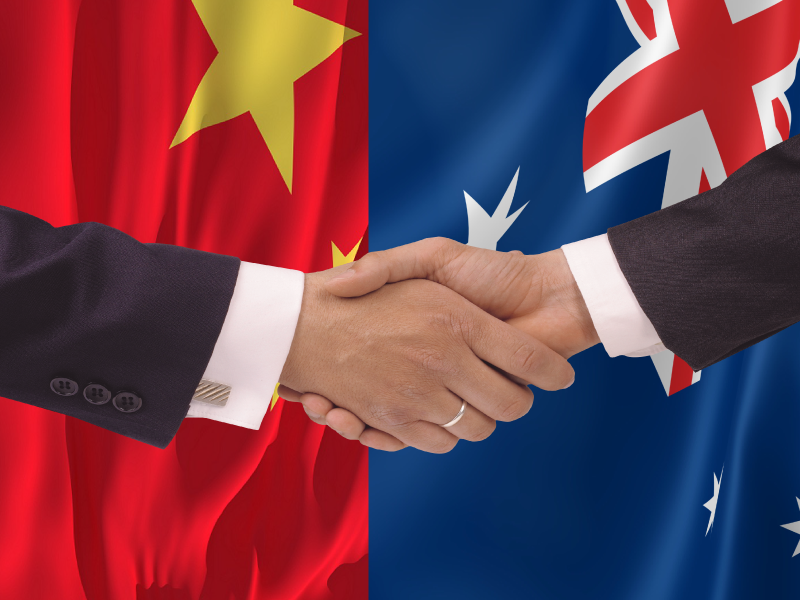- Have any questions?
- +61 280 062 806
- info@lycheecreative.com.au
Chinese tourists spend big. It is estimated they spent $9 billion last year in Australia alone. However, many Aussie retailers may be missing on on this boom by not being prepared to adapt to the way they pay for their purchases.
This is because like most things in China, the way they pay for their purchases is different to the west. Below are big three reasons why China is fast becoming a cashless society and what Aussie Tourism companies can do to gain the upper hand:
Unionpay
Enjoys a near monopoly like status in China until mid 2015 when Visa and other western credit cards entered the market. Old habits are hard to change however as a majority of Chinese customers still prefer to use Unionpay in China and overseas especially now that it’s offering mobile payment services.
Alipay
Alipay started off as an escrow-like service between buyers and sellers on Alibaba back in 2004. You can say a big part of Alibaba’s success was attributed to Alipay’s acceptance by Chinese consumers. Alipay is currently China’s largest mobile payment system.
Wechat Pay
Integrated inside the Wechat program is something called a Wechat Wallet (Currently September 2017, Wechat Wallet is not available in Australia). In it users can seamlessly pay while shopping on their mobile phones. Although coming to the party late in 2013, WeChat Pay now enjoys widespread usage due to the popularity of the Wechat app.
Together with Alipay, Wechat pay holds a 90% stake of the overall mobile payment pie in China.
As you can see, Chinese consumers are so accustomed to using a combination of the above three payment systems that it comes as second nature to them. Companies wishing to tap into the Chinese market are advised to adapt and provide a frictionless shopping experience to gain an upper hand. Are you catering to their spending habit?




